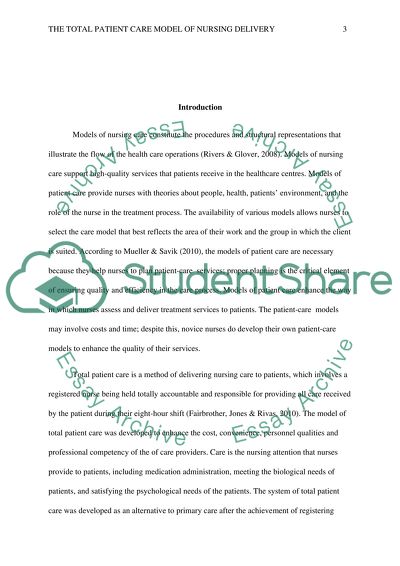Cite this document
(“The Total Patient Care Model of Nursing Delivery Research Paper”, n.d.)
Retrieved from https://studentshare.org/nursing/1492174-the-total-patient-care-model-of-nursing-delivery
Retrieved from https://studentshare.org/nursing/1492174-the-total-patient-care-model-of-nursing-delivery
(The Total Patient Care Model of Nursing Delivery Research Paper)
https://studentshare.org/nursing/1492174-the-total-patient-care-model-of-nursing-delivery.
https://studentshare.org/nursing/1492174-the-total-patient-care-model-of-nursing-delivery.
“The Total Patient Care Model of Nursing Delivery Research Paper”, n.d. https://studentshare.org/nursing/1492174-the-total-patient-care-model-of-nursing-delivery.


